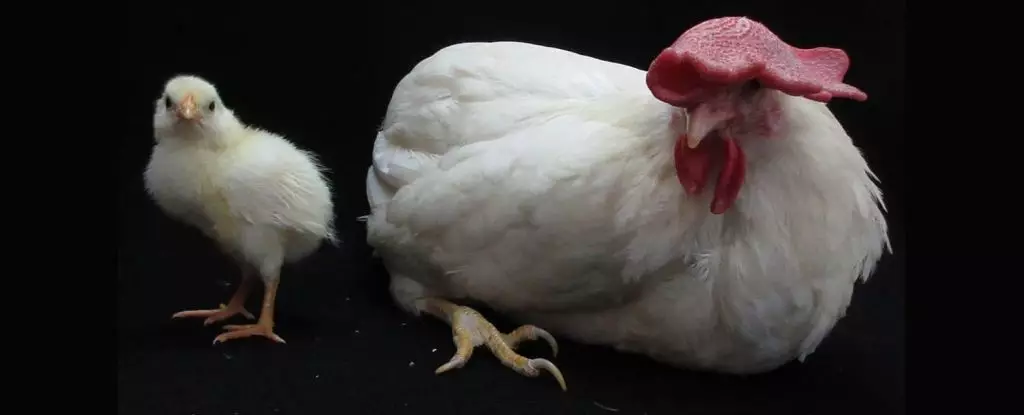The incredible journey of life often begins in the unassuming form of an eggshell, evidenced by the birth of countless avian species around the globe. Hidden within these protective casings, a delicate process unfolds—a transformation from a single cell to a lively chick. Until recently, the intricacies of avian embryonic development had mostly remained a mystery. However, a pioneering research initiative has illuminated this process by developing a shell-less culture system that permits unprecedented observation of chick development. This innovation not only enhances our understanding of avian biology but also has implications for broader scientific fields, including genetics and developmental biology.
Birds, the direct descendants of dinosaurs, have adapted to thrive in nearly every environment on Earth, showcasing an extraordinary range of forms and behaviors. Yet, one of the most enigmatic aspects of these creatures lies in how they reproduce. Traditionally, studying the embryonic stage of birds required observing them inside opaque eggs, making it challenging to monitor their development. However, scientists have long sought a solution to this problem. By creating a shell-less culture system (SLCS), researchers can now directly observe the developmental stages of the chick embryo, providing valuable insights into its growth and viability.
Building on previous attempts, researchers led by veterinary scientist Katsuya Obara sought to improve upon the limitations of earlier methodologies that allowed only a brief window of observation. Their investigative journey revealed that a critical factor in successful embryonic growth was maintaining the health of the vitelline membrane that surrounds the developing embryo. By opting for a rotary shaker setup, the researchers could create a dynamic environment, ensuring that vital moisture levels were sustained, thereby enhancing the embryos’ chances of normal development.
The experimental design employed by the research team underscores the importance of environmental conditions in fostering embryo viability. By manipulating the shaker’s rotational speed, the scientists aimed to strike a delicate balance between motion and stability, observing different survival rates and developmental outcomes. A finding from their experiments indicated that a rotation speed of 10 rotations per minute was optimal. This setup created a continuously refreshed environment that not only prevented the vital membranes from drying out but also supported the regular flow of albumen, a critical nutrient source for the developing chick.
Further experiments involving the introduction of supplemental oxygen at various intervals illustrated that while timing was flexible, the presence of oxygen was essential. It seems that the timing and conditions for embryo support were crucial, as changes in either factor could easily derail developmental progress.
While researchers had achieved some hatch success previously, they desired better outcomes. By refining their system to include gentle hand-shaking of the culture vessel along with oxygen inhalation, they achieved remarkable results. The hatch rate for developed chicks increased significantly from an initial 3.3% to an impressive 10.5%. This leap not only signifies a greater understanding of avian development but opens the door to further advancements in the rearing of poultry and possibly other avian species.
To verify the efficacy of their cultured chicks, one animal was grown to maturity, mercifully revealing a normal phenotype during its dissection. The implications of such results are profound—the development of the SLCS represents a significant milestone in avian biology, with applications beyond just chicken farming. It provides new avenues for genetic studies, disease understanding, and even conservation efforts in endangered bird species.
This groundbreaking achievement in avian developmental research has the potential to reshape how scientists approach the study of eggs and embryos, not just in birds but in reptiles and other egg-laying species. The method’s transparency allows for continuous observation and data collection, thus fostering more thorough scientific inquiry. With further refinement, the implications could ripple across various disciplines, from agriculture to conservation biology.
The development of shell-less culture systems provides a pivotal breakthrough in capturing the hidden world of avian embryology. As researchers continue to push the boundaries of what we understand about these remarkable creatures, the transparency and accessibility of their growth processes will undoubtedly yield rich rewards that extend well beyond the realm of poultry science. The research community stands on the precipice of enhancing knowledge that could have lasting impacts on evolutionary biology and related fields, driven by the captivating journey from zygote to hatchling.


Leave a Reply